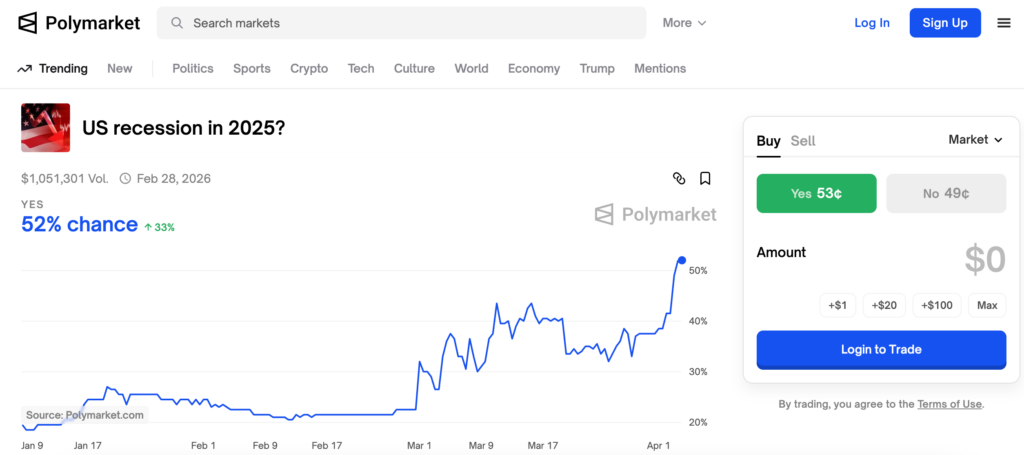Risk-Averse Trading in Asia
As the Asian trading day unfolds, market sentiment turns cautious in response to U.S. President Donald Trump’s sweeping tariffs targeting China and other Asian economies. Traders are closely monitoring how Beijing will react to these economic pressures, which could significantly influence market dynamics across the region.
Trump’s Tariff Impact
On Wednesday, President Trump announced a new set of tariffs affecting imports from 180 nations. Among the most impacted are major trading partners, particularly China and the European Union. The president has implemented a staggering 34% tariff on Chinese goods in addition to an existing 20% tax, bringing the total tariff on Chinese imports to 54%—the highest rate imposed on any nation. Notably, Canada and Mexico remain exempt from these tariffs.
China’s Response: A Pivotal Moment
Market analysts suggest that the onus now lies with China. The nature of its response to these tariffs will be critical in shaping global market reactions. Robin Brooks, managing director and chief economist at the International Institute of Finance, emphasized on social media: “Everything now depends on China. If China opts to devalue the Yuan in retaliation to these significant U.S. tariffs, it could trigger a risk-off environment worldwide, initially impacting emerging markets and eventually affecting the U.S. if the situation persists.” So far, China has maintained a low profile, but that may soon change.
Yuan Weakens Amid Trade Tensions
Early Thursday, China called for the U.S. to reconsider the tariffs while vowing immediate countermeasures. In the wake of these developments, the yuan fell to a seven-week low against the dollar, trading at 7.00. This depreciation was accompanied by declines in Asian equities and an ominous signal in the cryptocurrency market with Bitcoin nearing a critical “death cross.”
The Strategic Choice: Yuan Depreciation
Allowing the yuan to depreciate could provide Chinese goods with a price advantage in global markets. However, this strategy carries its own risks, particularly for currency carry trades and overall financial market stability, as seen during the turbulent years of 2015 and 2018. Potential intervention by the People’s Bank of China (PBOC) could also complicate matters, as efforts to halt a rapid decline in the yuan could inadvertently strengthen the dollar, placing additional pressure on risk assets, including stocks and cryptocurrencies.
Asian Equity Markets in Decline
The correlation between these economic events and market performance is evident, with Asian equities trading lower at the time of this report. Japan’s Nikkei index has plunged to an eight-month low, while U.S. stock futures have dropped over 2%, signaling a widespread risk-off sentiment.
Bitcoin’s Bearish Signal
In the cryptocurrency realm, Bitcoin, the leading digital currency by market capitalization, is currently trading around $83,300. This follows a notable decline from $88,000 to $82,500 after Trump’s tariff announcements, according to CoinDesk market data.
The cryptocurrency is approaching a significant technical indicator known as the “death cross,” where the 50-day simple moving average (SMA) is poised to fall below the 200-day SMA. Although the reliability of such indicators in predicting price movements is mixed, the timing of this pattern amidst escalating trade tensions warrants close attention. Additionally, options pricing suggests a preference for protective puts leading up to the June expiry, indicating growing concerns among investors.
In conclusion, as the international trade landscape evolves, both traditional and digital markets are bracing for potential volatility, with the implications of these tariffs likely to resonate far beyond Asia.



